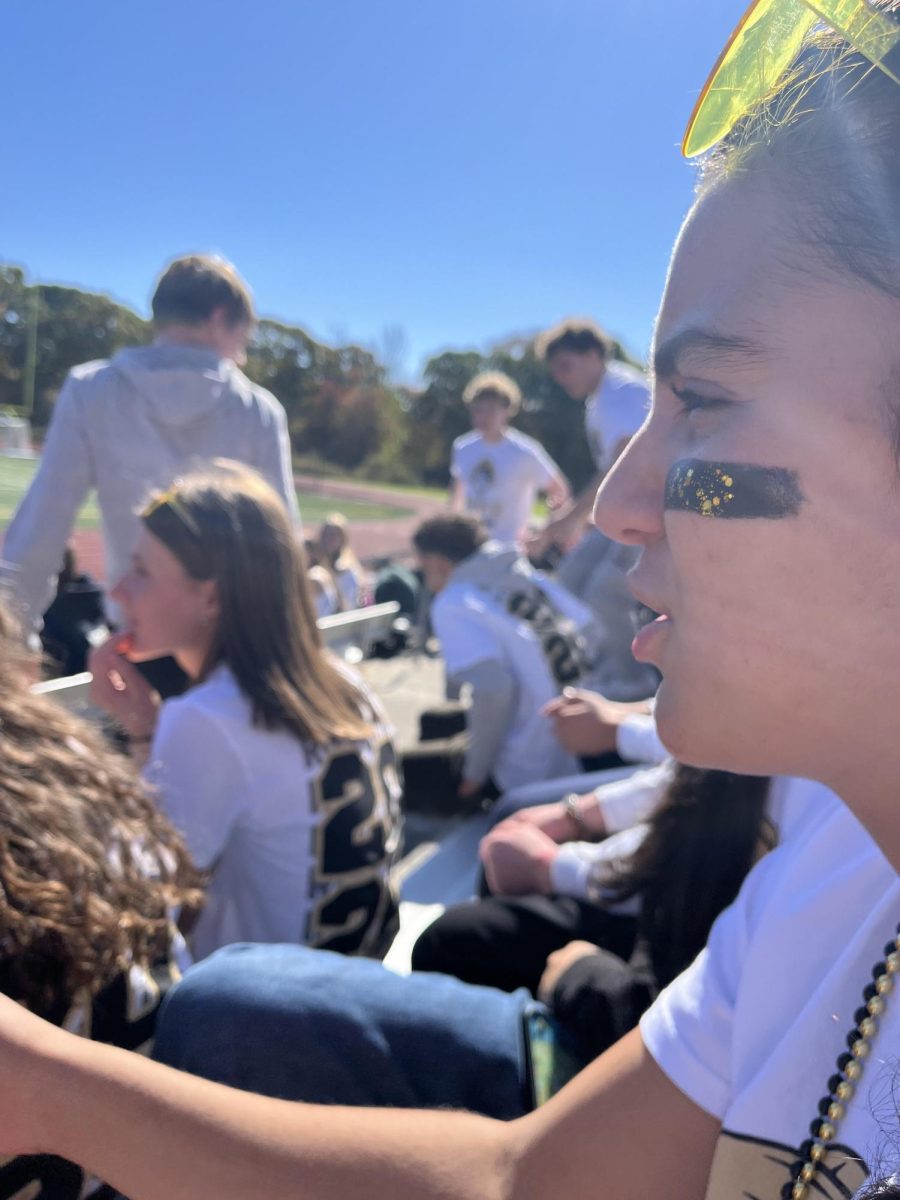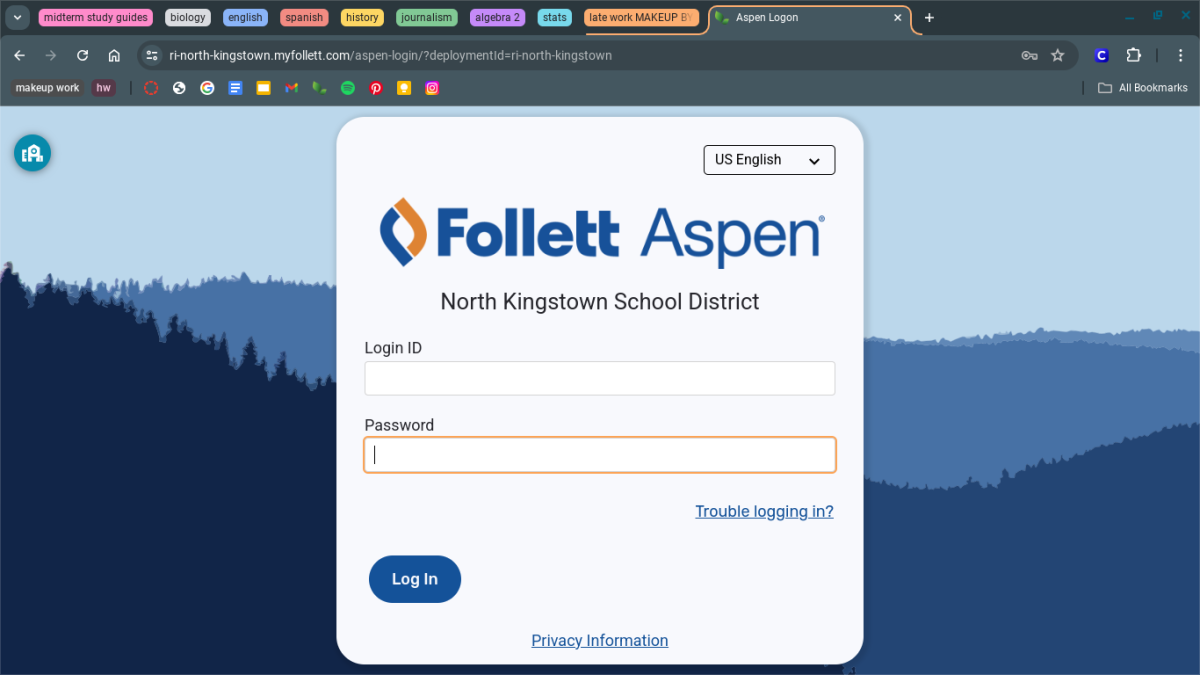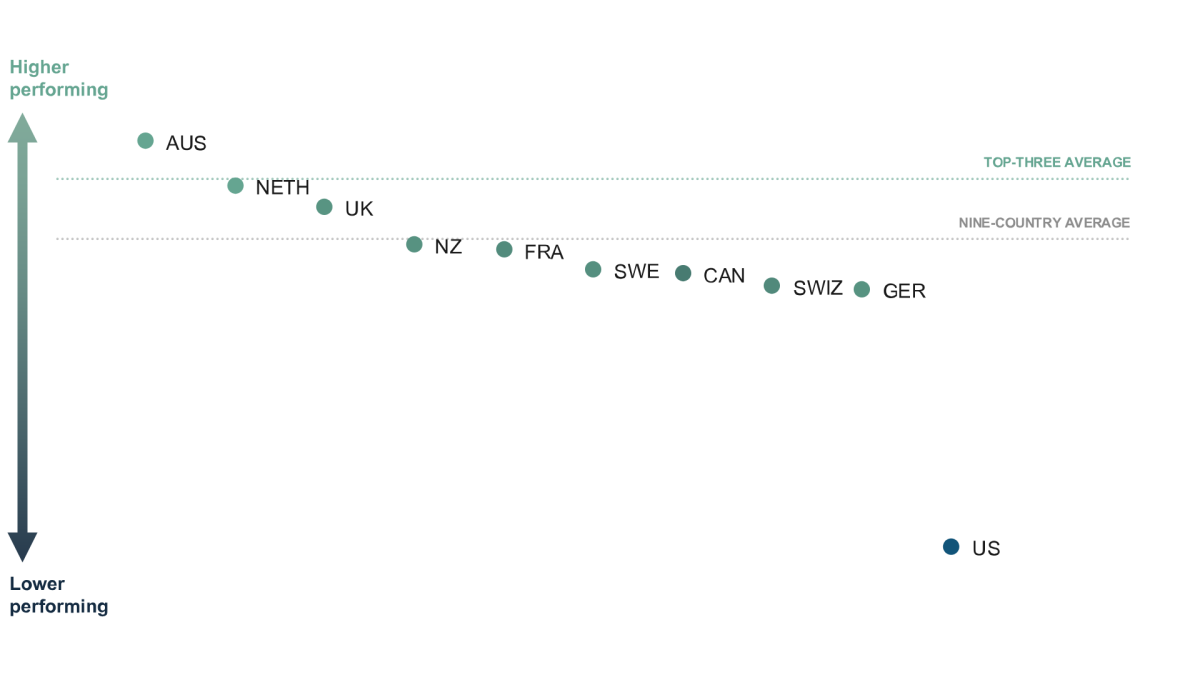Taking The Next Step: Planning For College
February 10, 2022
An inbox full of spam from colleges usually marks the beginning of a high school
student’s most important decision: where they want to go to college. The process of
applying to colleges can be hectic at the best of times, so it’s good to know a thing or
two ahead of time.
student’s most important decision: where they want to go to college. The process of
applying to colleges can be hectic at the best of times, so it’s good to know a thing or
two ahead of time.
Most underclassmen are unsure when to start looking at colleges. The truth is,
there is no real set time. However, the end of junior year is a good time to start. Most early application deadlines are in October/November of your senior year, and most rolling admissions are due December-January. Decision day is May 1, so it’s good to start a few months before that.
there is no real set time. However, the end of junior year is a good time to start. Most early application deadlines are in October/November of your senior year, and most rolling admissions are due December-January. Decision day is May 1, so it’s good to start a few months before that.
So, you know when to start applying to colleges. The next question you may be
asking is how many you should apply to. I would say that three is the bare minimum. It’s a bit risky, so only apply to that few if you are extremely confident that you will get into at least one of them. I know some kids who have applied to ten or more colleges, and that seems like it’s a little too much. Five to seven is a good amount. It’s usually recommended that you apply to a mixture of safety schools (schools that you have no problem getting into, with average GPAs and test scores lower than yours), target schools (schools whose average GPA and test scores are close to yours), and reach schools (schools that you may need to work a little harder to get into, with high average GPAs and test scores).
asking is how many you should apply to. I would say that three is the bare minimum. It’s a bit risky, so only apply to that few if you are extremely confident that you will get into at least one of them. I know some kids who have applied to ten or more colleges, and that seems like it’s a little too much. Five to seven is a good amount. It’s usually recommended that you apply to a mixture of safety schools (schools that you have no problem getting into, with average GPAs and test scores lower than yours), target schools (schools whose average GPA and test scores are close to yours), and reach schools (schools that you may need to work a little harder to get into, with high average GPAs and test scores).
You have all of your colleges picked out. Now, how do you apply? Well, you can
apply to most colleges with individualized applications from their websites, but I would recommend using Common App. The high school should have already set you up with an account. It shows progress in applications and recommends schools. It’s easy to use and has clear instructions. Filling it all out can take some time, so make sure to give yourself a few days before the application deadlines!
apply to most colleges with individualized applications from their websites, but I would recommend using Common App. The high school should have already set you up with an account. It shows progress in applications and recommends schools. It’s easy to use and has clear instructions. Filling it all out can take some time, so make sure to give yourself a few days before the application deadlines!
Application essays can be difficult. Remember to make yours stand out. The
admissions offices go through thousands of applications. They are more likely to admit students with memorable essays, even if they are a little odd. As long as you are a good writer, and know how to make your point in clever, memorable ways, you might not even have to stick to a specific prompt to be admitted.
admissions offices go through thousands of applications. They are more likely to admit students with memorable essays, even if they are a little odd. As long as you are a good writer, and know how to make your point in clever, memorable ways, you might not even have to stick to a specific prompt to be admitted.
There are many reasons to be wary of certain colleges. The final choice is yours,
but here are a few things to look at before making the big decision. Freshman retention rates are the percentage of students who return for a sophomore year. The national average is 69 percent, so any colleges with a lower retention rate should be looked into more carefully. It may be because a lot of students did not know what they were getting themselves into, or it may be because a lot of them were simply misled as to the quality of certain aspects of the college.
but here are a few things to look at before making the big decision. Freshman retention rates are the percentage of students who return for a sophomore year. The national average is 69 percent, so any colleges with a lower retention rate should be looked into more carefully. It may be because a lot of students did not know what they were getting themselves into, or it may be because a lot of them were simply misled as to the quality of certain aspects of the college.
Student reviews are incredibly helpful to find out about campus safety, night life,
on-campus activities, how helpful the professors are, and so much more. However, it should be noted that some people are unnecessarily harsh online, and their reviews are based entirely on their experience with the college. Obviously, if a lot of negative reviews come back to the same issue, then you should take that into consideration. But for the most part, negative reviews of colleges are about as reliable as negative reviews of anything else. Take them with a grain of salt.
on-campus activities, how helpful the professors are, and so much more. However, it should be noted that some people are unnecessarily harsh online, and their reviews are based entirely on their experience with the college. Obviously, if a lot of negative reviews come back to the same issue, then you should take that into consideration. But for the most part, negative reviews of colleges are about as reliable as negative reviews of anything else. Take them with a grain of salt.
After you apply to colleges, all you can do is wait. It usually takes a few weeks for
colleges to sift through the first batch of applications. The later you apply, the longer it will take to hear back. In the past, students have eagerly checked their mailboxes every day. But in the past few years, that has changed from mailboxes to inboxes. Some colleges still send real letters, but some will only send you an email. Some even do both.
colleges to sift through the first batch of applications. The later you apply, the longer it will take to hear back. In the past, students have eagerly checked their mailboxes every day. But in the past few years, that has changed from mailboxes to inboxes. Some colleges still send real letters, but some will only send you an email. Some even do both.
The most important thing to do is make sure your contact information is right on
the applications, and to check your email constantly. Most colleges have student portals where you can see if you’re missing anything on your application, or whether you’ve been accepted.
the applications, and to check your email constantly. Most colleges have student portals where you can see if you’re missing anything on your application, or whether you’ve been accepted.
A standard acceptance email will probably contain the line “a change was made
to your student portal.” A letter from the college may say “this is the news you’ve been waiting for,” or it might just say your name. I almost threw out an acceptance letter because it looked like junk mail I’d received from the college a week prior. Thankfully, they also sent me an email saying that my student portal had been updated! It’s really important to look out for acceptance letters and/or emails in early-mid December if you applied early action.
to your student portal.” A letter from the college may say “this is the news you’ve been waiting for,” or it might just say your name. I almost threw out an acceptance letter because it looked like junk mail I’d received from the college a week prior. Thankfully, they also sent me an email saying that my student portal had been updated! It’s really important to look out for acceptance letters and/or emails in early-mid December if you applied early action.
Once you’ve been accepted into a college, you’ll face your next biggest
challenge: tuition. Paying for college can be a chore, especially in this country. The first scholarship you’ll get is your “package” from the colleges that have accepted you. This includes money covered by the FAFSA (need-based financial aid forms that your parents will fill out) and merit scholarships. These scholarships usually come from early applications and good grades. The package will tell you the minimum GPA you need to maintain to keep your scholarships, but it usually ranges from 2.0-3.0.
Most colleges also suggest scholarship application websites, such as
fastweb.com (recommended to me by Curry College at one of their campus tours).
Websites like these provide a list of scholarship opportunities of many different types, and for different amounts of money. Most students may overlook the smaller $500 scholarships, but winning four $500 scholarships means $2,000 off of tuition.
My advice would be to apply to as many as you can. A lot of scholarships don’t
open until March or even May, but a lot more are open to applications much earlier than that. Be cautious of scammers, though. According to Common App, legit scholarships never ask you to pay to apply, never guarantee that you’ll win money, and never ask for credit card information. You may also hear lines like “we do all the work” and “you can’t get this information anywhere else” in a fake scholarship.
fastweb.com (recommended to me by Curry College at one of their campus tours).
Websites like these provide a list of scholarship opportunities of many different types, and for different amounts of money. Most students may overlook the smaller $500 scholarships, but winning four $500 scholarships means $2,000 off of tuition.
My advice would be to apply to as many as you can. A lot of scholarships don’t
open until March or even May, but a lot more are open to applications much earlier than that. Be cautious of scammers, though. According to Common App, legit scholarships never ask you to pay to apply, never guarantee that you’ll win money, and never ask for credit card information. You may also hear lines like “we do all the work” and “you can’t get this information anywhere else” in a fake scholarship.
When all is said and done, this is all just some friendly advice from one senior. I
haven’t even decided where I’m going to college. Most of this is just based on how I
went about the college application process, and some of the advice may not apply to
your personal journey.
haven’t even decided where I’m going to college. Most of this is just based on how I
went about the college application process, and some of the advice may not apply to
your personal journey.
The final decision on where you apply and which school you choose to go to is
yours. It’s not your parents’ decision. It’s not your friends’ decision. It is yours, and yours alone. Good luck, juniors!
RESOURCES:
Common app tips: https://campustocareercrossroads.com/common-app-tips/
Application guide: https://www.commonapp.org/apply/first-time-students
Fastweb: https://www.fastweb.com/login
Application guide: https://www.commonapp.org/apply/first-time-students
Fastweb: https://www.fastweb.com/login











